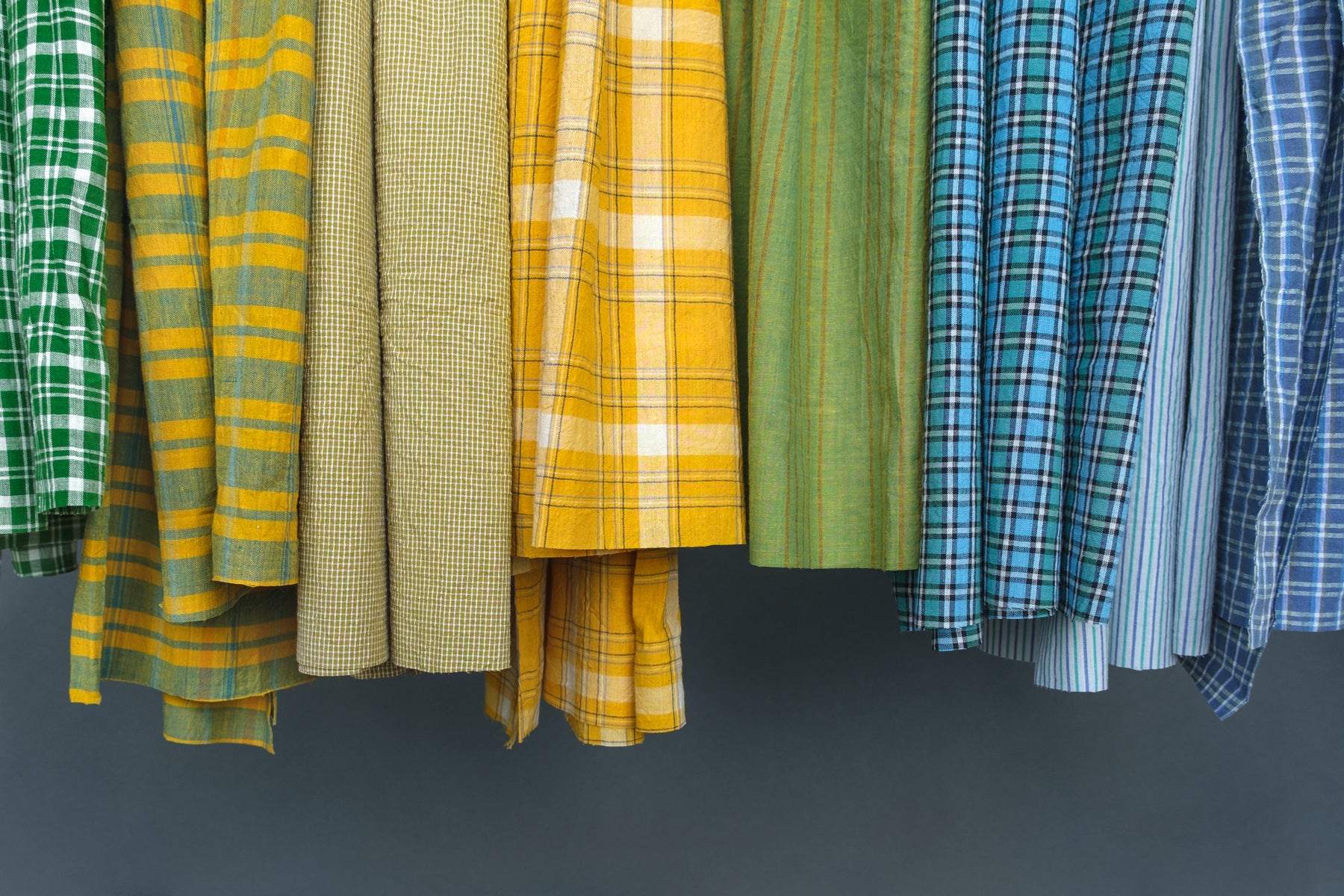
LEARN ABOUT OUR HANDWOVEN COTTON FABRICS
Dating all the way back to early civilizations, India’s history of handwoven textiles is extensive. Indian textiles were widely traded across the globe and India’s reputation for producing both the finest and softest cottons and silks was solidified. India’s textile trade continued to grow until the colonization by Western Empires in the 1600’s, when the industry began to suffer at the hands of exploitation. Under colonial rule, the British suppressed the exportation of Indian textiles in an effort to strengthen the market for their own lesser-quality textiles, forcing people to purchase their imported goods at artificially inflated prices.
A push for financial independence and freedom from colonial rule sparked the Swadeshi Movement, with a call for the boycott of foreign cloth and to begin decolonization in India. This movement gave birth to a revitalization of handloom textiles in India and the increase of recognition for the extensive skills that go into producing these fabrics.

Our supplier works with over 300 skilled weavers from clusters in different villages around West Bengal with whom they have up to 30 years of working relationships. These skilled artisans rely on their extensive knowledge, which is often passed down between generations, to craft these fabrics with each cluster of weavers tends to specialize in different weaving styles and fibers.
Come learn about how these handwoven fabrics are made and head to our Behind-The-Scenes of Our Handwoven Cotton Fabrics article here to watch how they're produced!

Most weavers have looms, spinning wheels, and workshops in their homes which allows them to work from home without the need to commute back and forth for work or sacrifice the needs of their families. With a number of cultural festivals each year, working from home also allows them the flexibility to spend time within their communities.

At the beginning of the process, cotton yarns are spun by hand or by machine and are dyed using Azo-free reactive dyes. They are then redistributed to different clusters for weaving, depending on what style of fabric is being produced.

Once the weavers receive the yarns, the warp threads which span the length of the fabric are loaded into the loom. The weaver uses pedals beneath the loom to lift designated warp threads and then slides the weft threads, which run across the width of the fabric, between the lowered and raised warp threads. The next step is battening, this is essentially a comb-like tool used by the weaver to press down the weft thread they’ve just run through so that it is tightly pressed up against the previous weft. Using a combination of different weaves and colours, the weaver is able to create a diverse range of designs from simple solids and stripes, to intricate plaids and florals.

Our Handwoven Cottons come in an array of colourful hues and both striped & plaid designs. With a soft-to-moderate drape and a light, airy hand, these fabrics are perfect for flowy blouses and gathered summer dresses. Check out our product listings to find more pattern inspiration!
When you sew with these beautiful fabrics, we encourage you to take a second to acknowledge the enormous amount of skill and history that stands behind them!

Take a look behind-the-scenes of the production of our Summer 2022 collection here
Shop our Handwoven Cottons here
---
As of May 2021:
India is currently experiencing a devastating second wave of COVID-19 with record highs of daily infections and deaths. In tandem, there is an ongoing shortage of crucial medical equipment such as ventilators, hospital beds, and vaccines.
In recognition of this continuing crisis, we have made a donation to CARE, Canada’s India COVID-19 Crisis fund, which aims to provide medical relief in the form of temporary COVID-19 hospitals and access to medical supplies and vaccinations.
We encourage you to read more and to consider donating through CARE Canada’s website.






Leave a comment
This site is protected by hCaptcha and the hCaptcha Privacy Policy and Terms of Service apply.